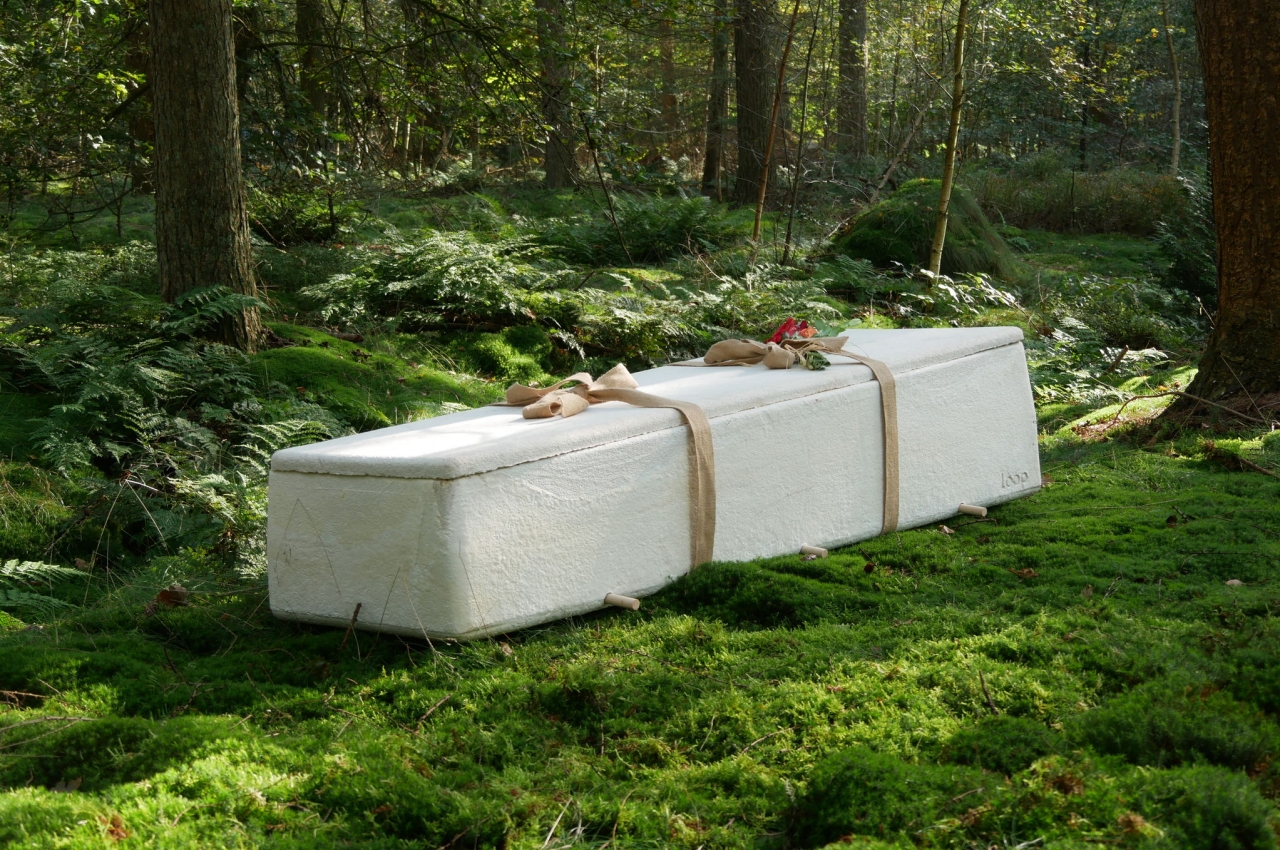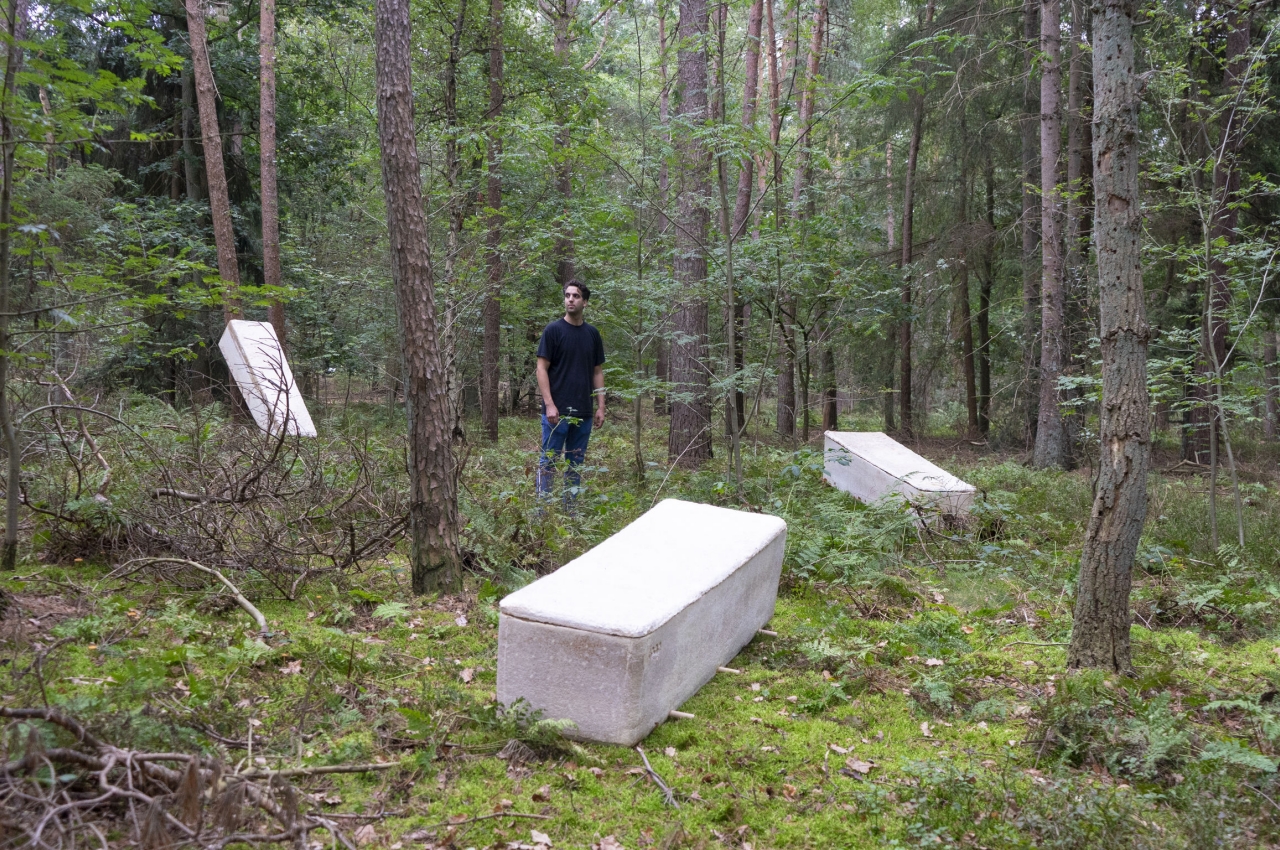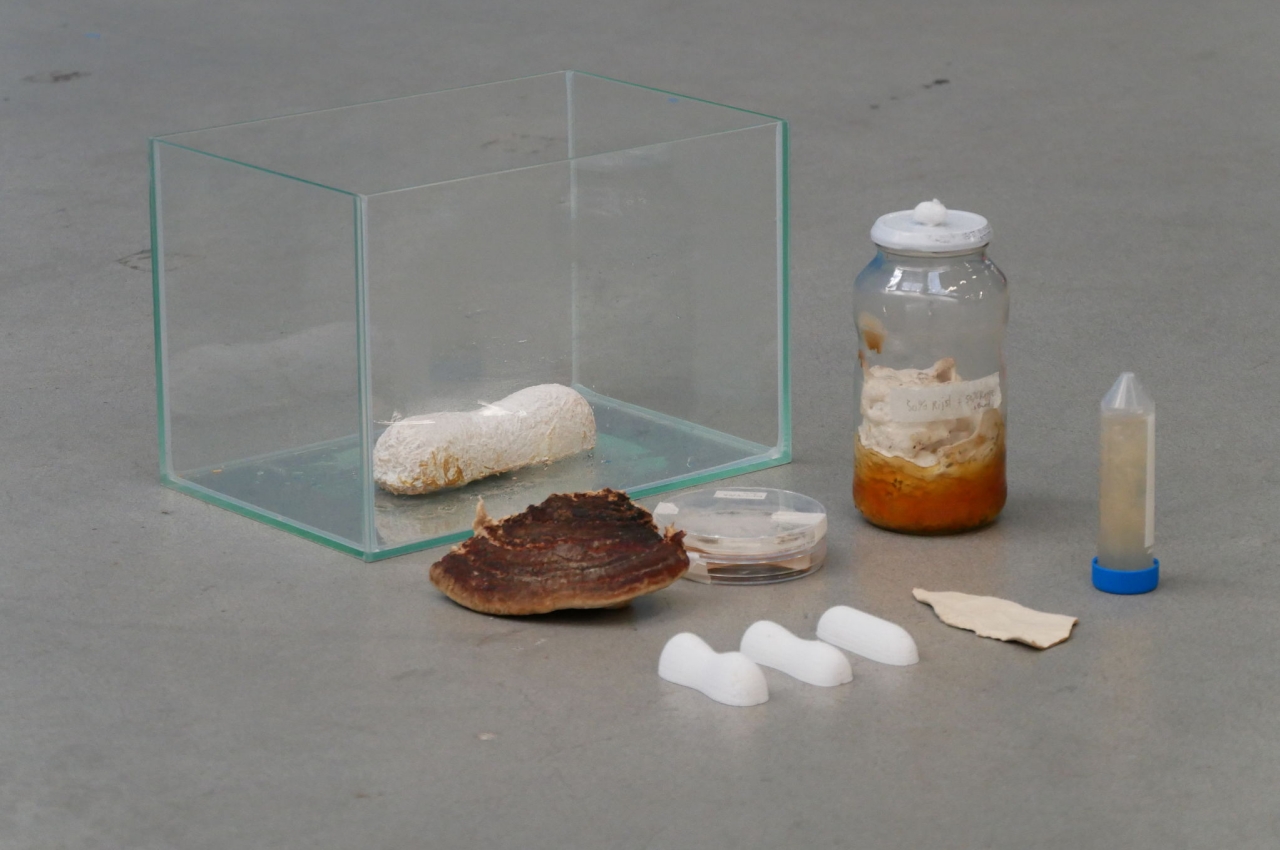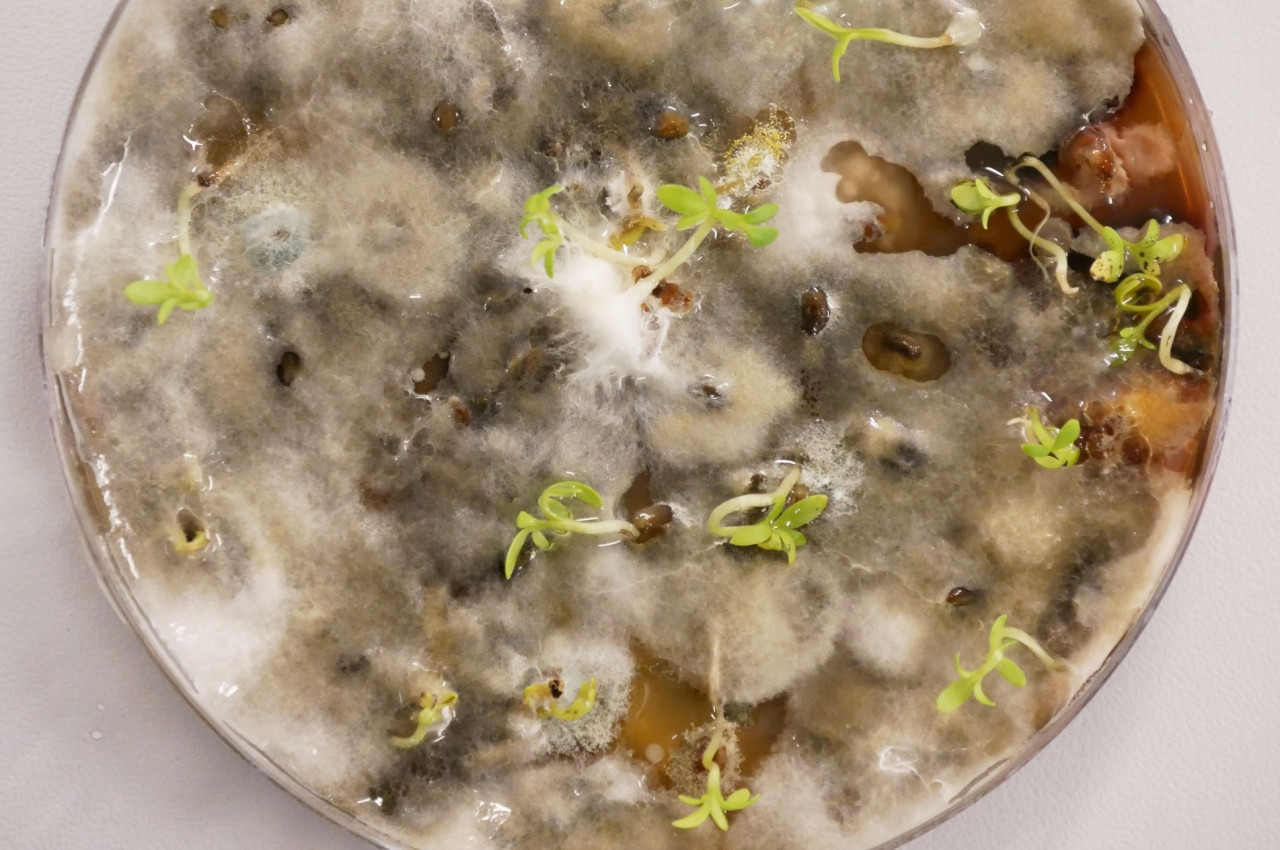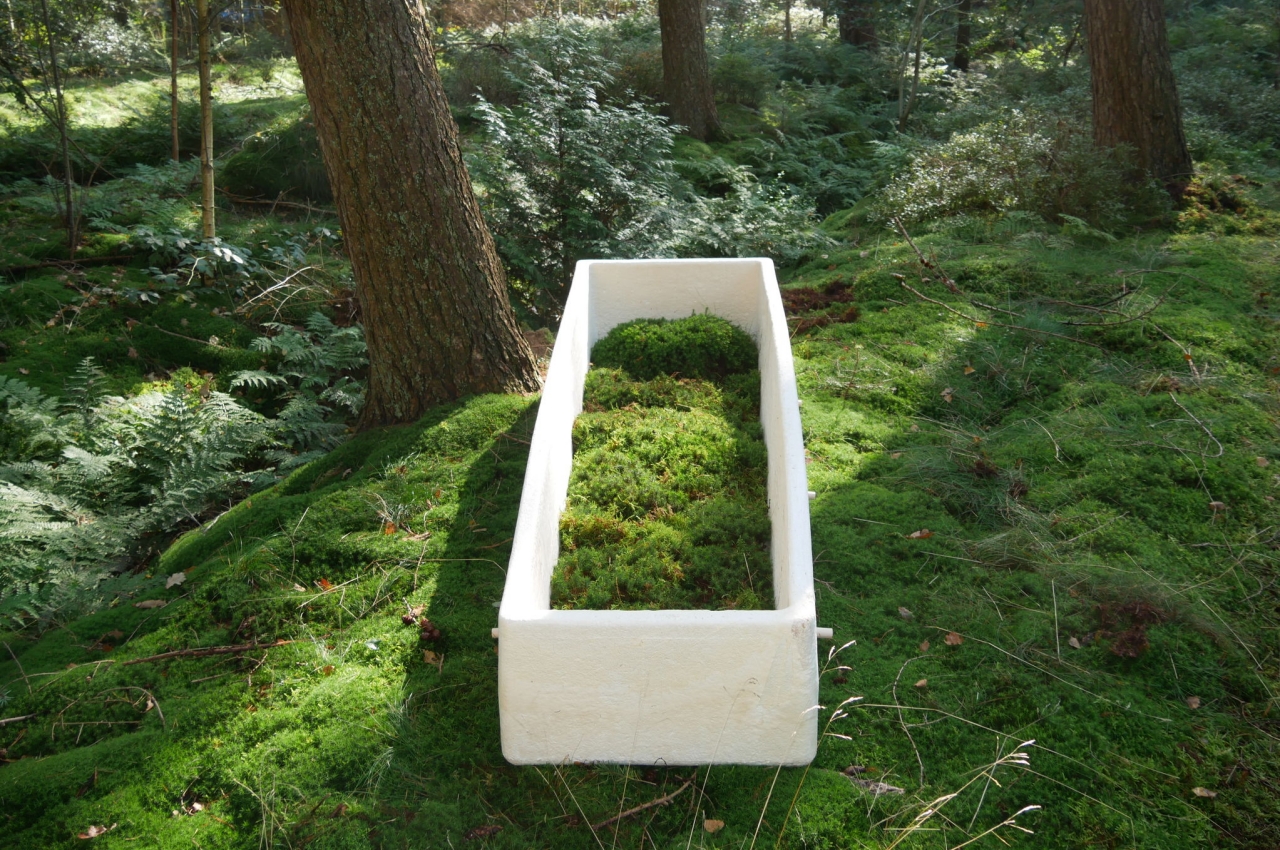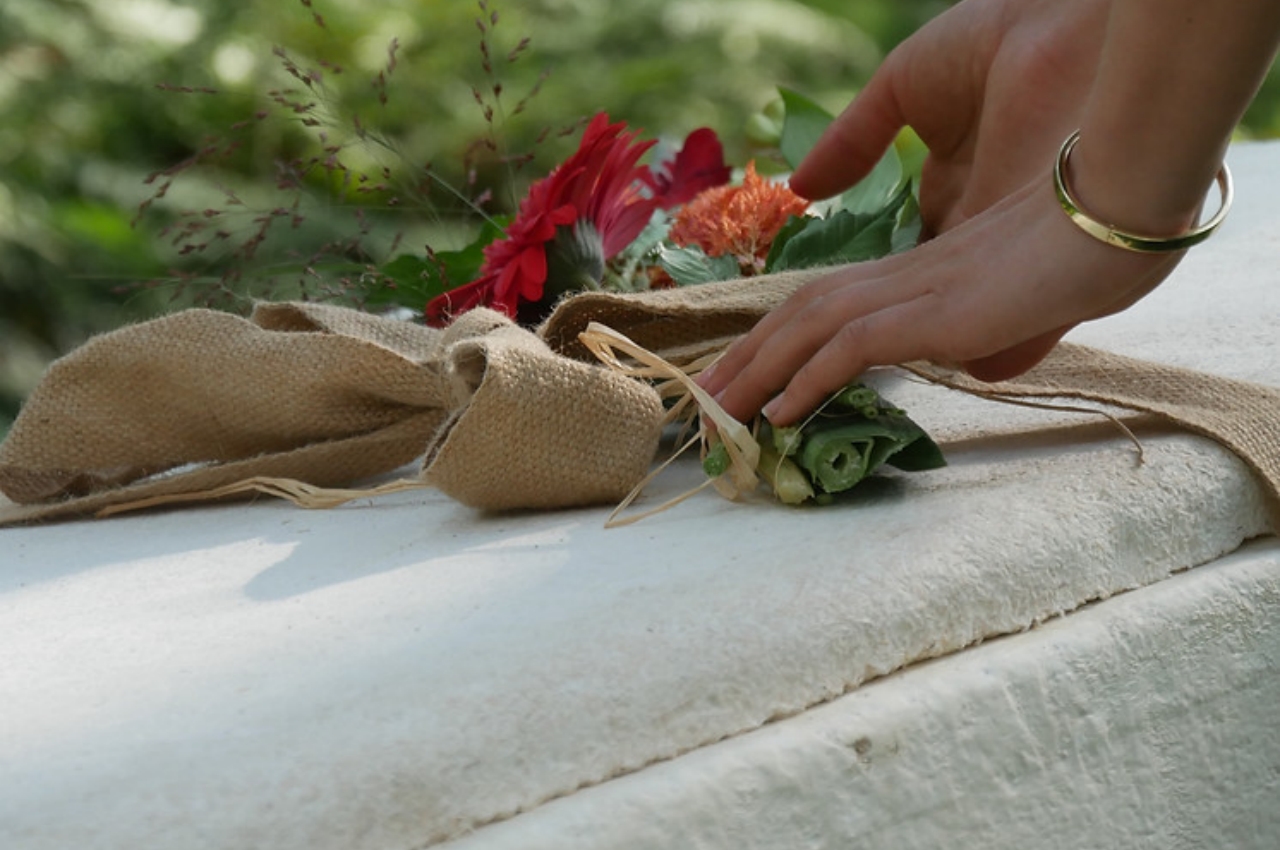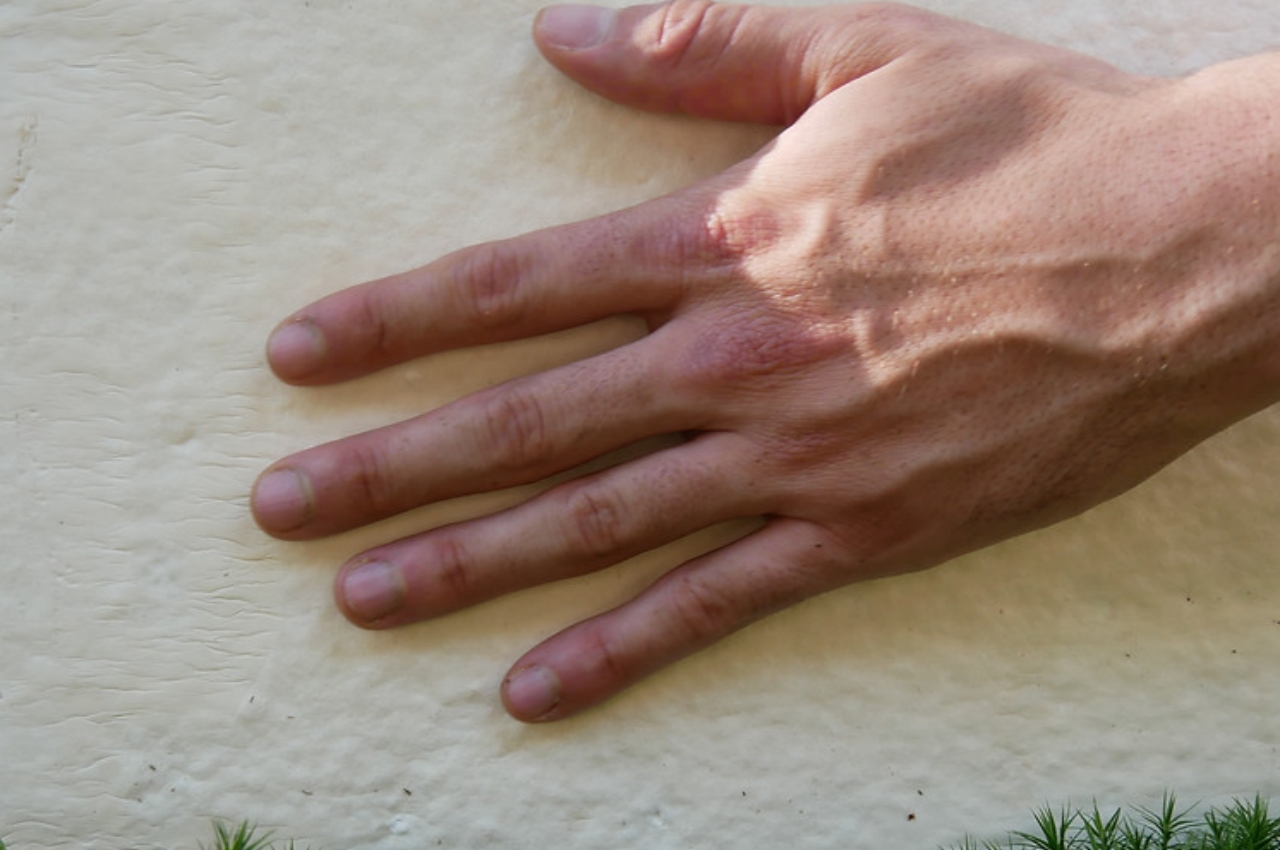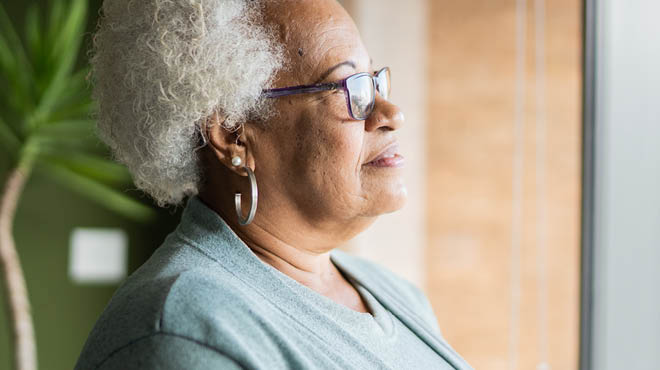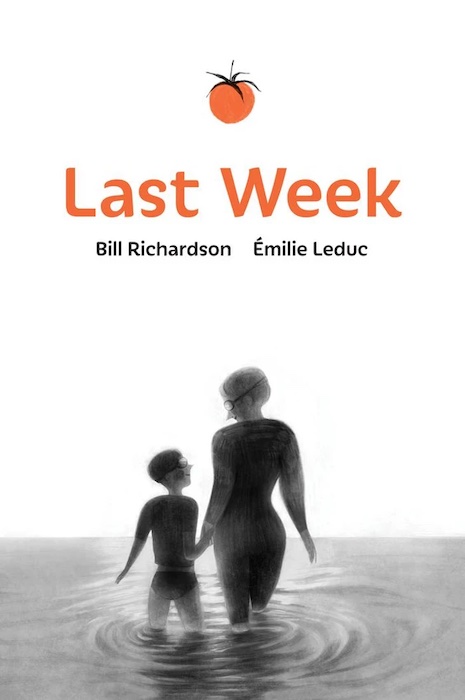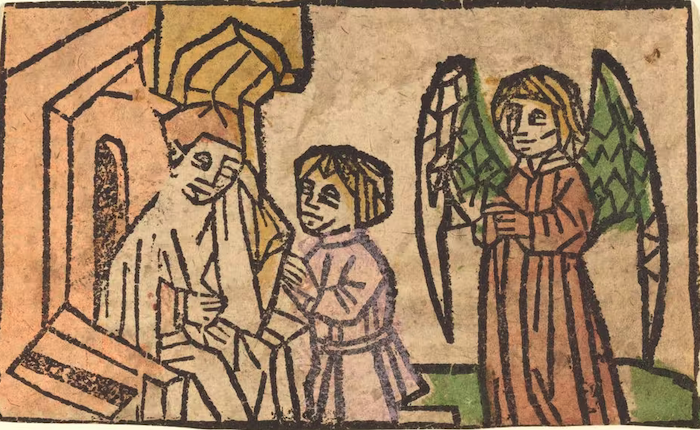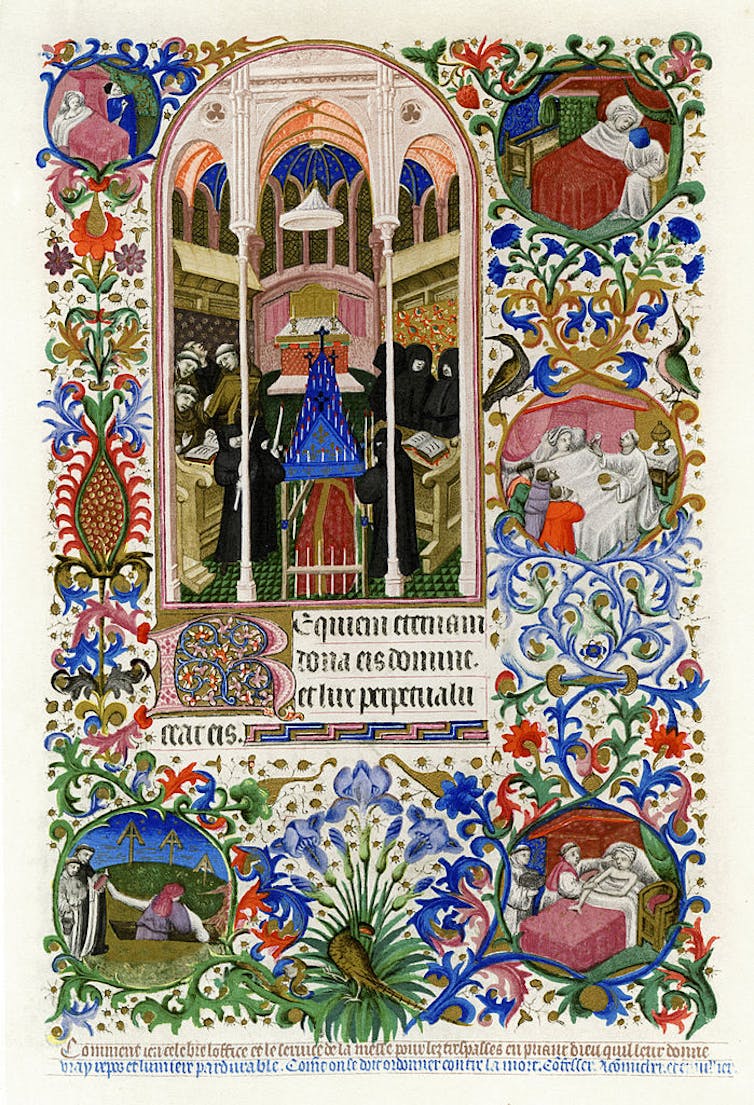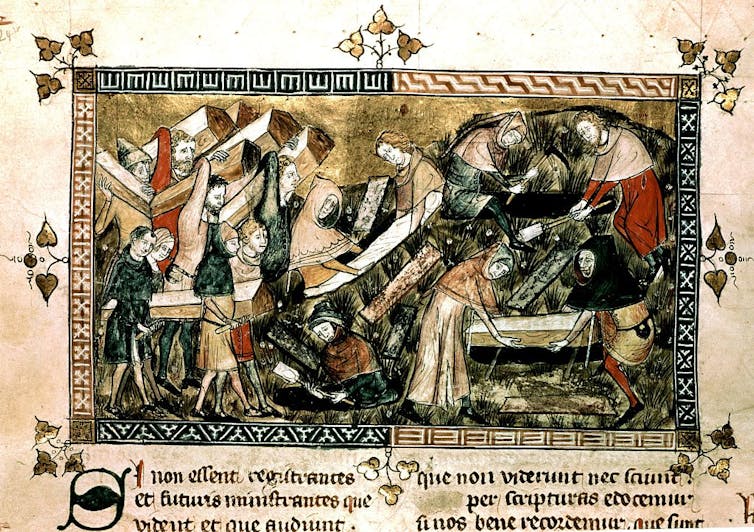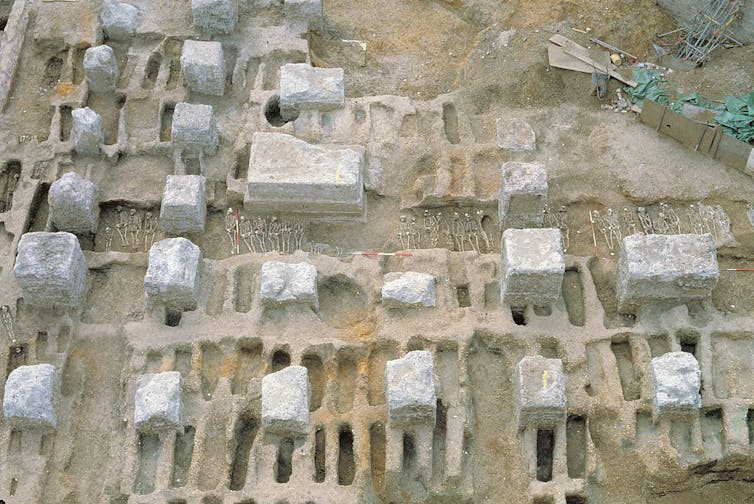
While we were celebrating Passover and Easter with our loved ones and family, National Health Care Decisions Day came and went. It was on Saturday, April 16. It was designated to remind us that no matter our age, planning for the inevitable day when we cannot make our own health care decisions is more than a good idea; it is essential. Not planning for that inevitable event is like flying a plane that you don’t know how to land. The only people who don’t need a plan are those who meet their demise like my father: standing and talking to a friend one minute, and in an instant was lying on the floor – dead. If you are sure that is your fate, then don’t waste your time doing any planning. However, be advised that the ultimate result of not providing end-of-life instructions is that when you find yourself in the hospital toward the end of life (as many people do), the hospital ‘care protocol conveyor belt’ takes over and you will be hooked up to whatever life-support is available to keep your body nourished and your heart pumping.
What Do People Want?
Let’s look at some facts and some history about end-of-life care. Studies on end-of-life preferences demonstrate quite clearly that the vast majority of people want to die at home. However, because of a lack of willingness to talk about preferences for end-of-life care and advance care planning, over one-fifth of patients still die in the hospital. If your wish for the end of your life is an extended stay in an acute care unit of a hospital, hooked up to machines designed to keep you alive, then by all means ignore all of these statistics and opportunities to make other choices. My friend Mitch, a retired ER doc, told me how frequently he watched as family members argued about whether to keep their elder relative alive through extraordinary measures (feeding tube, mechanical ventilation, urinary catheterization, dialysis, etc.) or to let them die a more natural death. Often these well-meaning relatives were confused about what the elder wanted, or remember hearing it differently than another relative. In the end, and in the absence of written instructions, the final decision was almost always “keep her alive.”
End-of-Life Care Will Cost You
For those who still are not convinced that planning is the best way to ensure an end-of-life experience that is under your control and as comfortable as possible, you may also want to consider the cost implications of hospital care versus palliative or hospice care at home.
End-of-life costs for people with chronic diseases can be $57,000/yr. and up. Medicare will generally pick up most of that, depending on medigap coverage, pre-approvals and cooperating providers, and how long you are expected to live, but one study found that out-ot-pocket expenditures for end-of-life treatments and care are still averaging close to $12,000., with a range that goes up to close to $100,000. in the final year of life.
Medicare has covered hospice care since 1983 and usage of this benefit has slowly been increasing. In 2018, for example, 50.7% of those who died had taken advantage of hospice care for their final weeks or months of life. The savings associated with using hospice, rather than in-hospital care or a nursing home is estimated to be $117.-$400. per day.
The best-known way of creating an advance directive (also known as a healthcare proxy or power-of-attorney for health care decisions), is to work with an attorney who specializes in estate planning. They will suggest that you create a full set of end-of-life documents, which usually includes a will, a power-of-attorney for financial decisions, an advance directive, and possibly a trust. They will give you a worksheet and have a series of discussions with you about your preferences for end-of-life care and who you would choose to make decisions for you about your health and finances if you could not make them yourself. In addition to denial about the urgency of creating these documents, the cost of a complete estate plan can range from $1000-$8000., depending on how complex it needs to be.
Quick and Easy Advance Directive Online
If you are now convinced that advance care planning is important and necessary but you aren’t ready to do the full estate plan, there is a way to produce and file just the advance directive document, online – and it’s free! Since 2009, Vital Decisions has worked with individuals through health insurers to set up their wishes, should they be unable to communicate their wants at the end of life. Today, in addition to their insurance partners’ clients, they also offer a free program for the general public. It’s called My Living Voice and it guides you through three stages of preparing an advance directive: 1) setting a healthcare proxy 2) Talking through values 3) Goals of Care and Treatment wishes. So check it out, in honor of National Health Care Decisions Day, and give your loved ones the peace of mind of knowing what you want at the end of your life. Plus, it will give you peace of mind that you have communicated your final wishes to those who will be making decisions for you when you cannot.
Complete Article ↪HERE↩!





